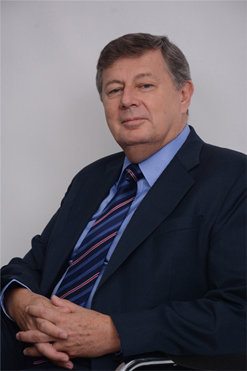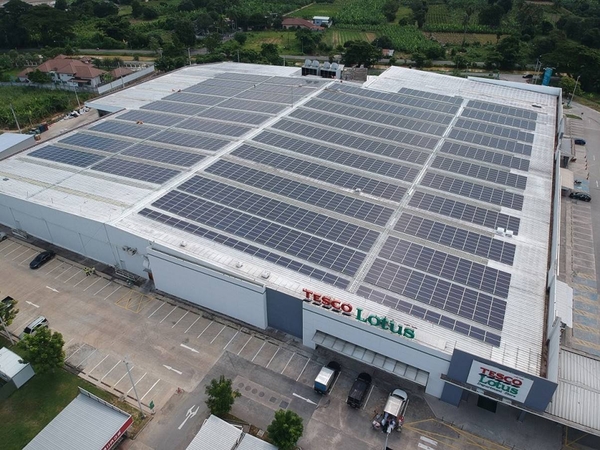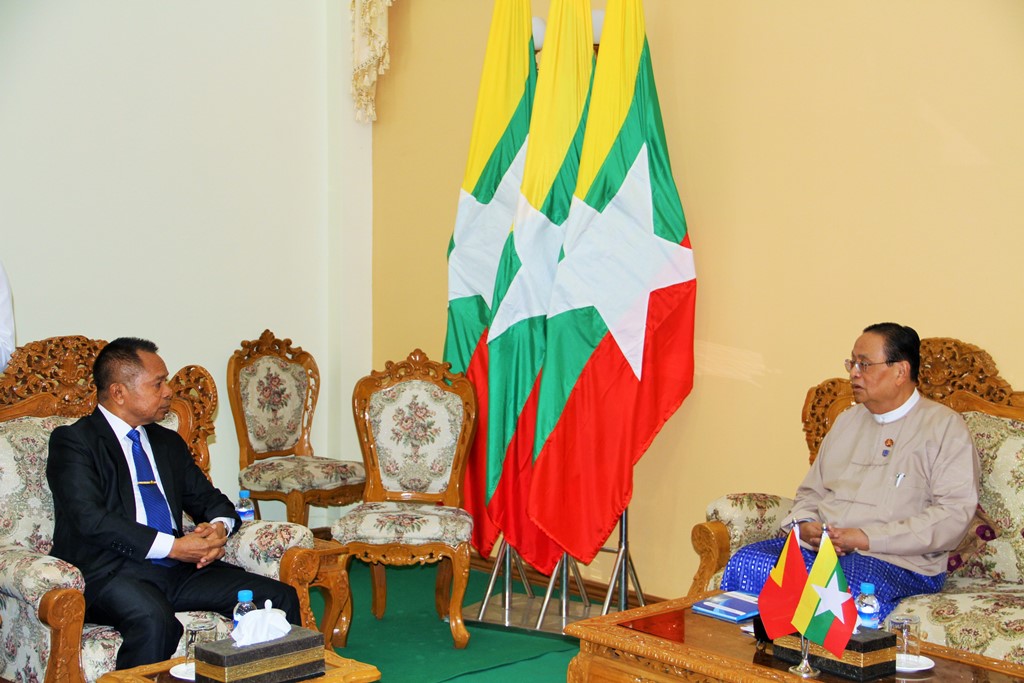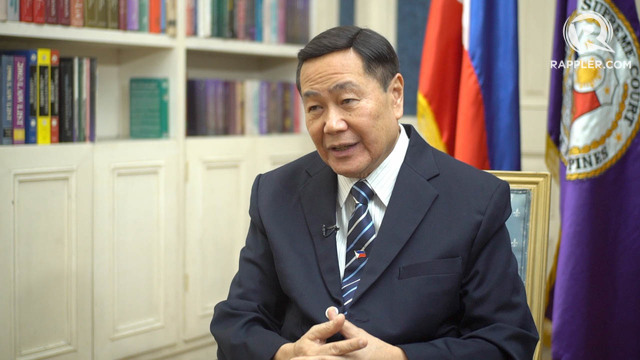SINGAPORE: Singapore is “pushing the boundaries” and developing new ways to transition to a “low-carbon future”, as it continues efforts to mitigate climate change, said Minister for the Environment and Water Resources Masagos Zulkifli on Monday (Oct 21).
In a speech ahead of an Intergovernmental Panel on Climate Change (IPCC) meeting, Mr Masagos said that besides being the first country in Southeast Asia to introduce a carbon tax, Singapore has also made “hefty investments” into research and development for solutions to decarbonise its grid, industries, and even buildings.
In addition, Singapore is also studying the potential of “clean fuels” such as hydrogen, as well as carbon capture, utilisation and storage, he added.
Hosted in Singapore for the first time, the IPCC Scoping Meeting for the Synthesis Report of the Sixth Assessment Report (AR6) will see 80 experts from 38 countries as well as IPCC bureau members come together to develop an outline for an upcoming report.
The report, due for release in 2022, will provide countries with information to develop their climate policies.
“Singapore is clear-eyed about our vulnerabilities, but we can face the future with confidence, for we know we are taking early, decisive action that is underpinned by robust science,” said Mr Masagos. “This is why Singapore strongly supports the work of the IPCC, as the leading international body for the scientific assessment of climate change.”
The IPCC is an intergovernmental body of the United Nations. The AR6 meeting, which concludes on Wednesday, will be followed by the 57th Session of the IPCC Bureau, a meeting of one of the highest bodies in the organisational structure of the IPCC.
NOT “PARALYSED BY DESPAIR”
Despite Singapore already experiencing the effects of climate change, it has not been “paralysed by despair”, said Mr Masagos.
“Since our early days as a fledgling nation facing great odds, Singapore has always faced our problems squarely. We even found ways to turn a challenge into an opportunity,” he pointed out.
As such, Singapore has been taking “early action” and stepping up efforts to mitigate and adapt to climate change, said Mr Masagos. This is in spite of the fact that it has very limited sources of renewables apart from solar energy, he noted.
“We knew early on we cannot continue with business as usual,” explained Mr Masagos.
Given that Singapore’s carbon tax is without exemptions for any industry or sector, it sends a “crucial economy-wide price signal” to cut emissions, he added.
Said Mr Masagos: “The tax is not raised for fiscal purposes and we are prepared to spend more than the estimated S$1 billion in carbon tax revenues collected in the initial years, to incentivise and support companies in their transition towards green, carbon-efficient technologies.”
In addition, S$900 million has been set aside for the Urban Solutions and Sustainability domain under Singapore’s national Research, Innovation and Enterprise plan.
“We welcome multi-disciplinary collaboration to discover new knowledge and solutions across areas such as water and food supply resilience, urban mobility, energy and land management,” explained Mr Masagos.
Singapore has also diversified into “weather-resilient” sources of water such as NEWater and desalinated water and is also looking at the possibility of generating energy from water.
“Energy has become central to our water resilience. PUB – Singapore’s National Water Agency – is therefore studying the potential of generating energy through water,” said Mr Masagos.
“Blue energy, or osmotic energy, arises from the salinity gradient across water streams. With the co-location of our NEWater and desalination plants, we could recover blue energy from the plants’ waste brine streams. The pilot projects will demonstrate the potential in harnessing water-waste- and energy synergies.
“If PUB succeeds, we will one day be producing energy from water even whilst we produce water from energy.”
THE “DEFINING ISSUE OF OUR TIMES”
Given that climate change cannot be reversed completely, adaption also has to take “equal importance”, said Mr Masagos.
To adapt to climate change, Singapore’s plans will incorporate nature-based solutions, explained Mr Masagos.
“To boost our natural defences such as mangroves, we take both hard and soft engineering approaches to mitigate coastal erosion and actively restore our mangrove areas,” he said. “Beyond coastal protection, we integrate nature-based solutions into our city planning.”
Over the years, Singapore has planted more than two million trees, and built more than 350 parks and four nature reserves, he pointed out.
Under the Forest Restoration Action Plan, an additional 250,000 native trees and shrubs will be planted.
He said: “The benefits are multi-fold – this will support our biodiversity, and importantly, further drive climate mitigation and strengthen our resilience.”
While Singapore contributes only 0.11 per cent of global emissions, it will continue to support the global effort to tackle climate change, said Mr Masagos.
He said: “Singapore too needs to work hard to curb our carbon emissions growth so that we can peak and stabilise our emissions around 2030. This is a stretch target as we have limited access to clean energy – we are a small and highly urbanised city state – but we will not let up.”
Singapore’s policies must be “evidence-based”, stressed Mr Masagos. This is why it is supportive of the IPCC, and makes use of its assessment reports and publications in developing climate change projections and policy responses.
“In today’s world where the discourse on climate change has become politically heightened, the IPCC’s role is even more critical in imbuing greater objectivity and scientific rigour in our dialogues and policy choices,” he added.
“Robust, credible and objective” scientific assessments also form the “cornerstone” of Singapore’s climate change strategy, said Mr Masagos.
This meant the establishing of the Centre for Climate Research Singapore (CCRS) in 2013. A new Programme Office in CCRS will also be set up next year and it will oversee the recently launched National Sea Level Programme.
Climate change remains the “defining issue of our times”, stressed Mr Masagos. This is recognised by people across the globe, as seen by the climate strikes and rallies held last month, he added.
“We must not take our eyes off the long-term, existential challenge of climate change. Otherwise, citizens will take their cause to the streets and reason will fail to rule,” he said.
“Citizens around the world have come to recognise climate change for what it is – the defining issue of our times … Young people are rightly concerned about climate change and how this impacts their future. We have to give them the confidence that we are taking their concerns seriously.
“It is our responsibility to work together with them to address this challenge.”
Read more at https://www.channelnewsasia.com/news/singapore/climate-change-threat-singapore-masagos-ipcc-12020762










